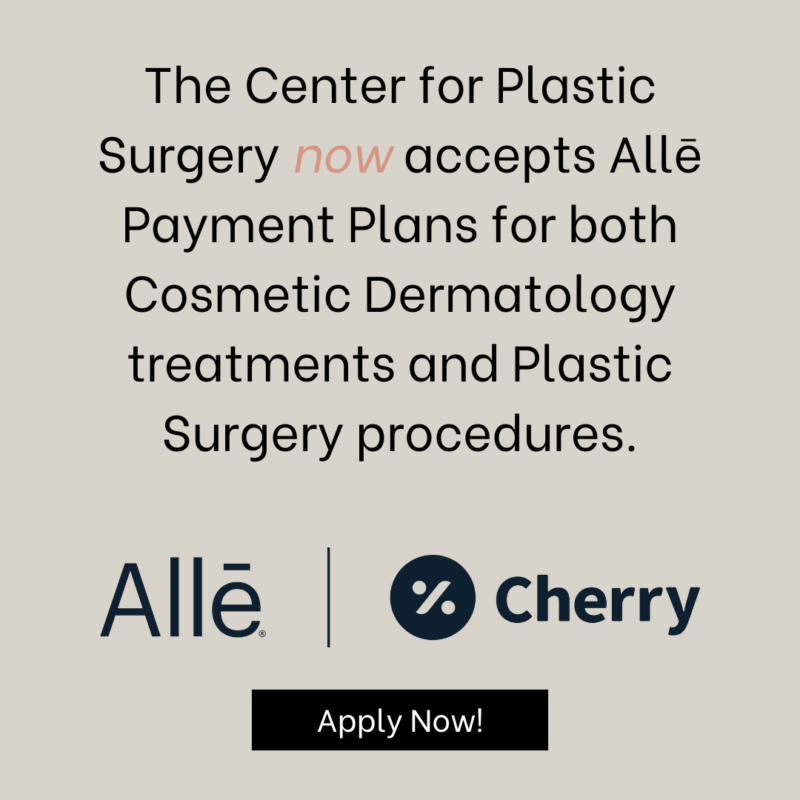Seborrheic dermatitis is a very common, scaling rash that tends to occur in areas where the skin is oily, such as the scalp (dandruff), eyebrows, eyelids (blepharitis), ears, nasal folds, armpits, and groin. It is a chronic skin condition that usually appears any time after puberty, fluctuates in severity, and may persist indefinitely. When it affects infants, it is often referred to as “cradle cap”.
Seborrheic dermatitis is usually caused by an overabundance of an otherwise harmless skin yeast called Malassezia. When it’s overproduced, the yeast produces toxic substances that irritate the skin and make it itch. Stress or physical illness can lower the body’s resistance to Malassezia.
On the scalp, seborrheic dermatitis appears as dry pink or flesh-colored patches with a yellow, scaly surface. The patches may spread to the entire scalp and can also affect areas next to the nose, forehead, back and chest.
Prevention
You may be able to prevent or minimize your seborrheic dermatitis by using products like dandruff shampoos, or by washing your face regularly with mild soaps. However, we recommend having an expert examine your skin first to ensure that you’re following a treatment plan that’s best for you.
Seborrheic Dermatitis Treatment
Treatment options for seborrheic dermatitis include topical steroids, tar cream, and antifungal agents, often in the form of medicated shampoos. For infants, cradle cap can be treated by using daily shampoos with a gentle cleanser and massaging the affected area with mineral oil, although some cases require a prescription topical medication. Our MetroDerm Providers may prescribe these treatments individually or in combination for better results.
You can schedule an appointment to get your seborrheic dermatitis examined by one of our MetroDerm Providers in one of our Greater Atlanta area locations.














